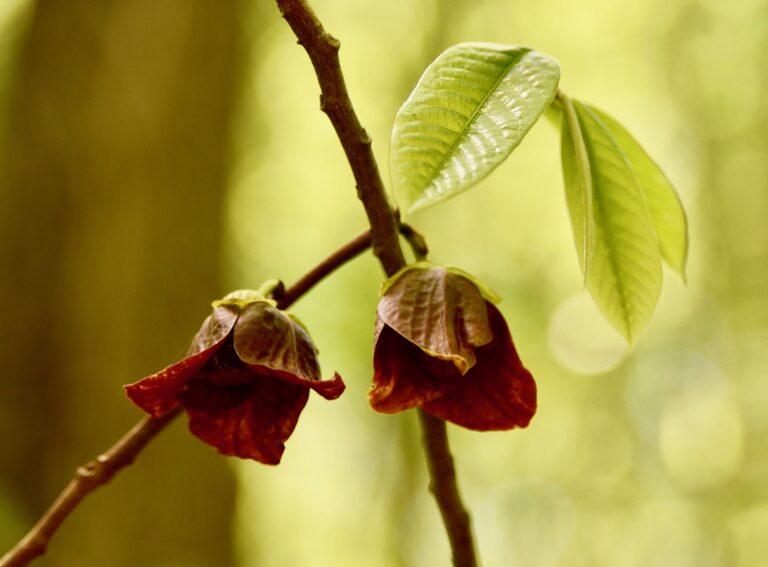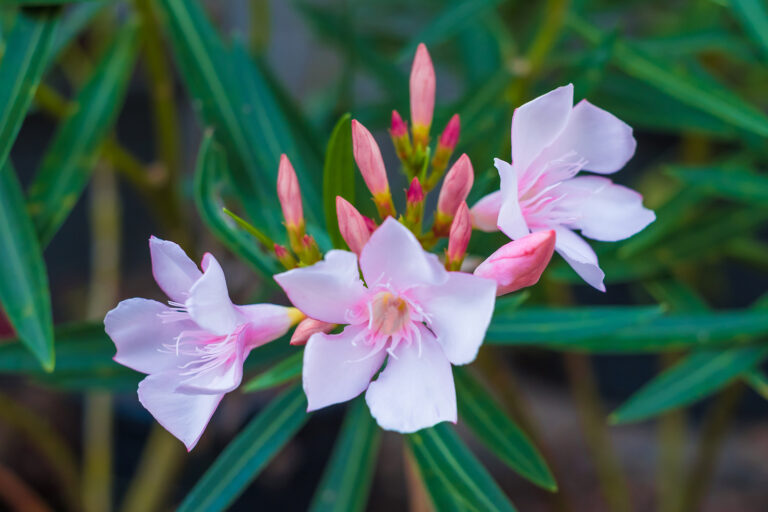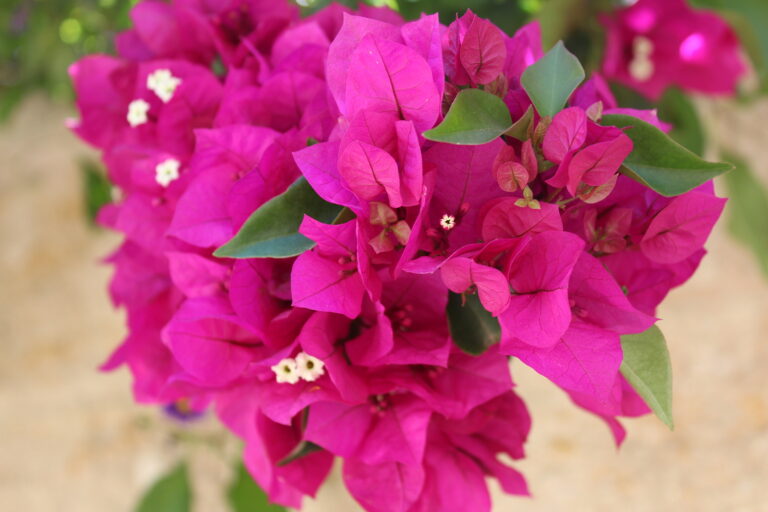How to Grow Crape Myrtle – Lagerstroemia
Lagerstroemia — commonly called Crape Myrtle–is a genus of deciduous and evergreen shrubs and trees grown for their brightly colored flowers and often peeling bark. Many crape myrtles are extremely popular landscape plants in mild-winter and Mediterranean climate regions including California, the Gulf Coast, and the Deep South.
Crape myrtles bear conical panicles of crinkled flowers; flower colors include dark purple, dark red, bright pink, rose, magenta, and white. Smooth gray or light brown bark peels off to reveal smooth, pinkish inner bark. Mid-green summer leaves give way to yellow to bright red fall foliage.
Lagerstroemia is a genus of about 50 species. They are native to warm-temperate regions from Asia to Australia.
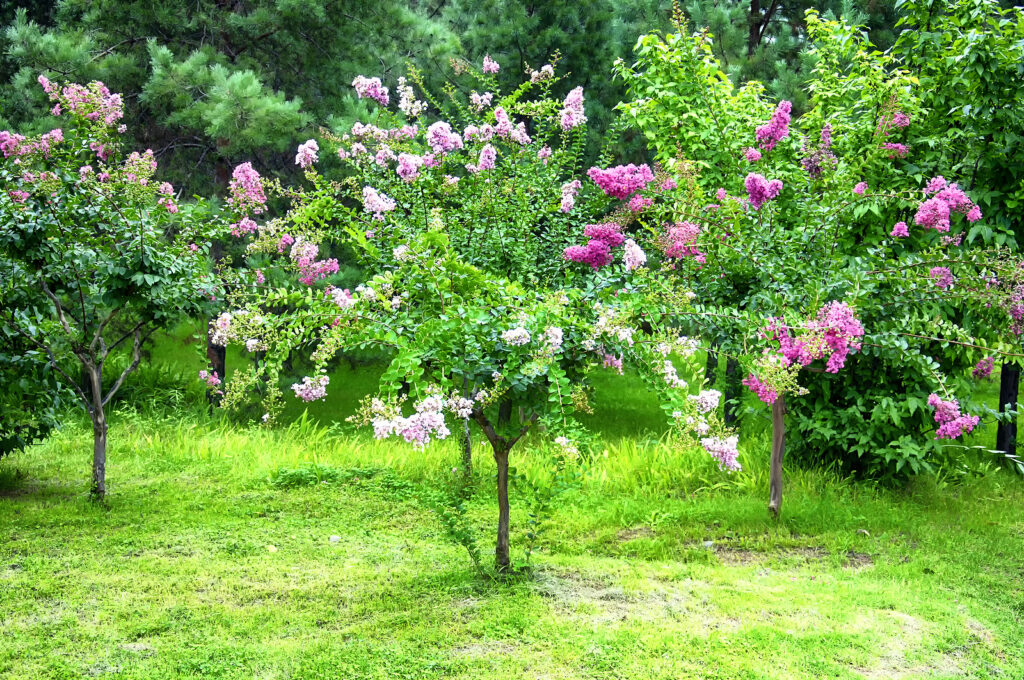
Get to know Lagerstroemia
- Plant type: Deciduous shrubs or trees
- Growing zones and range: Zones 7 to 10
- Hardiness: Hardy to Zone 7
- Height and width: Tree varieties 15-20 feet (24.6-6.1m) tall and wide; shrub varieties grow 5-7 feet (1.5-2.1m) tall and wide
- Growth rate: Moderate
- Form and habit: Conical to rounded
- Foliage: Leaves are oval and 1-2 inches (2.5-5.1cm) long; they are bronze-colored when they first unfold in spring and become yellow, orange or red before falling late in autumn; smooth gray bark of old branches and stems gradually flakes off to reveal fresh pinkish bark beneath
- Flowers: 6-12 inch (15.24-30.5cm) clusters of white, pink, red, lavender, or purple-red flowers
- Bloom time: Mid- to late summer
- Uses: Colorful addition to a garden and landscapes; small varieties good for planting near a house or for an informal hedge
- Common name: Cape Myrtle
- Botanical name: Lagerstroemia
- Family name: Lythraceae
- Origin: Tropical to semi-tropical Asia
Where to plant Lagerstroemia
- Plant Lagerstroemia in full sun.
- Plant Lagerstroemia in moist soil that has been well supplemented with peat moss, leaf mold or decayed sawdust.
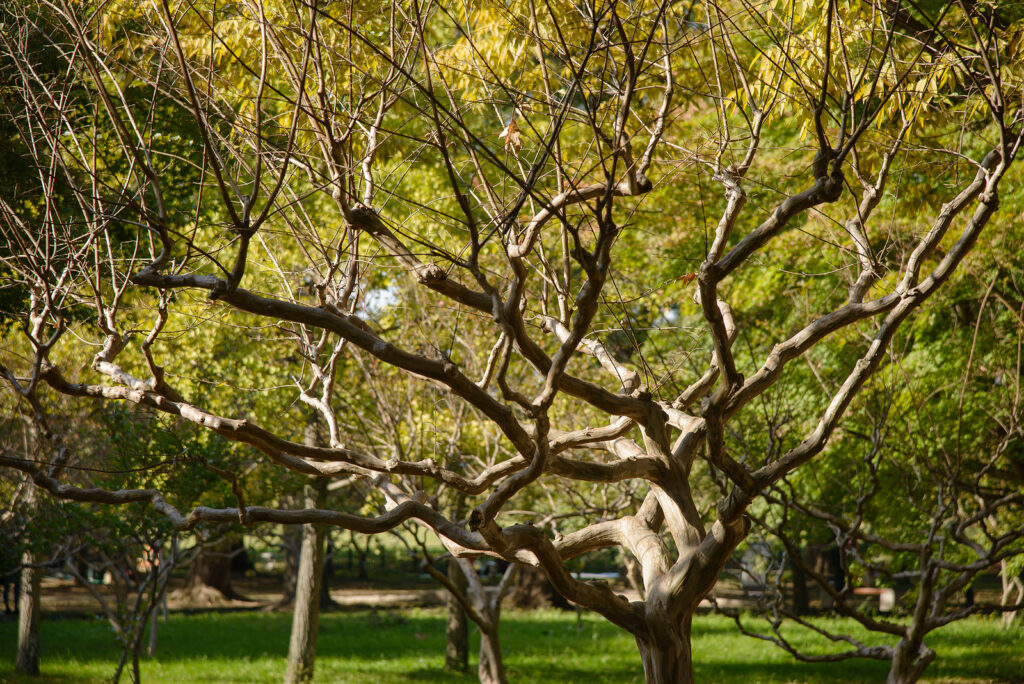
When to plant Lagerstroemia
- Set container-grown Lagerstroemia in the garden in spring or autumn.
Planting and spacing Lagerstroemia
- Bare-rooted Lagerstroemia are difficult to establish in the garden; instead, buy either container-grown plants or balled-and-burlaped ones, sold with their roots in their original soil ball wrapped in burlap.
- Space tree varieties and culitvars 15 to 25 feet (5-8m) apart.
- For hedges, plant shrub Lagerstroemia varieties about 4-5 feet (1.2-1.5m) apart.
How to water and feed Lagerstroemia
- Give Lagerstroemia moderate water.
- Lagerstroemia tolerates heat and drought once established.
- Feed Lagerstroemia with an all-purpose organic fertilizer in spring.
- Heavy watering and any fertilizing in summer can significantly decrease hardiness in marginal climates.
How to prune and care for Lagerstroemia
- Prune Lagerstroemia in winter or early spring before the new growth starts so that the current season’s stems can produce flowers.
- Methods of pruning Lagerstroemia vary from the removal of deadwood only to the cutting back of plants nearly to the ground each spring. The latter method produces extremely large flowers on relatively few main stems that rarely grow more than 4 feet (1.2m) tall in a season.
- On small, shrubby forms, remove spent flower clusters and thin out small twiggy growth; to maintain compactness and eliminate leggy look, cut branches nearly to the ground in spring.
- On large shrubs and trees, shorten branches by 1-1.5 feet (.3-.5m) in spring if you need to limit their size.
Lagerstroemia pests and diseases
- Older types of Lagerstroemia are susceptible to attacks from mildew, aphids, and black soot fungus; hybrids are immune to powdery mildew.
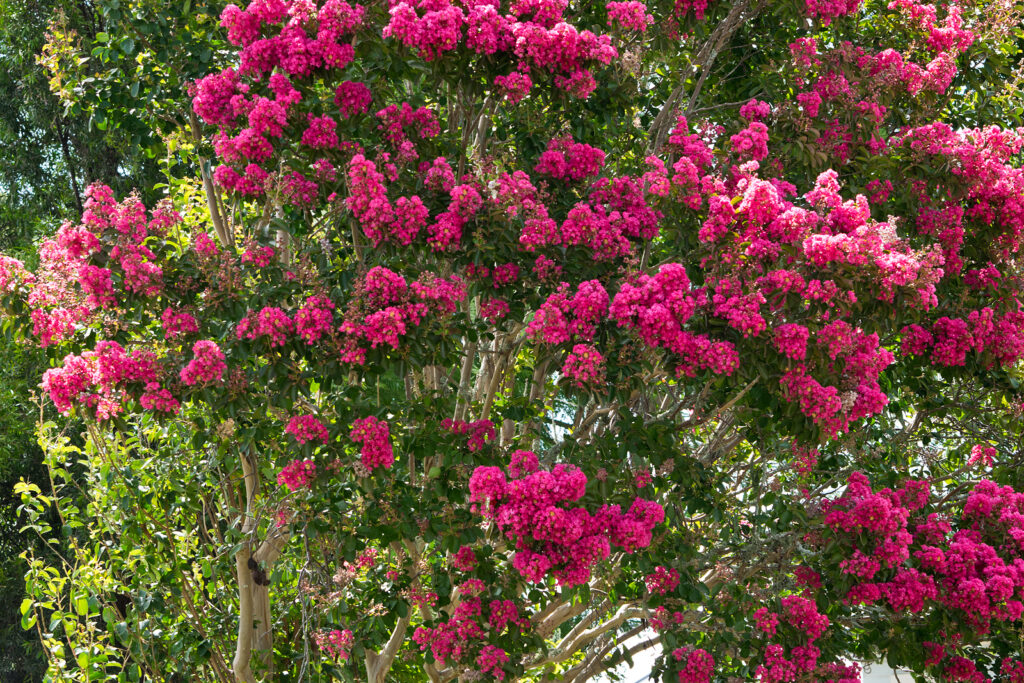
Lagerstroemia propagation
- Lagerstroemia plants can be started from softwood cuttings of young growth in late spring or early summer, from semihardwood cuttings of more mature growth in mid- or late summer, or from hardwood cuttings of dormant leafless growth in late fall or early winter.
Lagerstroemia varieties to grow
- Lagerstroemia fauriei, Japanese crape myrtle, tree to 20-30 feet (6.1-9.1m) with erect habit and outward-arching branches. Leaves light green, to 4 inches (10.2cm) long and 2 inches (5.1cm) wide, turning yellow in fall. Especially handsome bark: the smooth, gray outer bark flakes away to reveal glossy cinnamon brown bark beneath. Small white flowers are borne in 2-4 inches (5.1-10.2cm) long clusters; usually pauses after initial bloom, then flowers again in late summer. Resistant to mildew and best known as a parent of hardy, mildew-resistant hybrids with L. indica, though it is handsome in its own right. ‘Fantasy’, with even showier bark than the species, has a vase form—narrow below, spreading above. ‘Kiowa’ has outstanding cinnamon-colored bark that is uniform, not in patches.
- L. indica, Crape myrtle, shrub or tree where hardy, but capable of blooming from first-year regrowth if frozen to the ground. Behaves much like perennial in some Zones. Variable in size (some forms are dwarf shrubs, others large shrubs or small trees) and habit (spreading to upright). Dark green leaves are 1-2.5 inch (2.5-6.4cm) long and somewhat narrower, usually tinted red on unfurling, often turning brilliant orange or red in fall. Crinkled, crepe-papery, 1-1.5 inch (2.5-3.8cm) wide flowers in white or shades of pink, red, or purple are carried in dense clusters.
- L. speciosa, Queen crape myrtle, large tree—to 80 feet (24.4m) tall—with leaves 8-12 inches (20.3-30.5cm) long, 4 inches (10.2cm) wide. White to purple flowers are borne in clusters to 16 inches (40.6cm) long. ‘Majestic Orchid’, a hybrid between this tree and L. indica, is as hardy as the latter. It grows 20 feet (6.1m) tall and 15 feet (4.6m) wide, with large clusters of deep orchid purple flowers and foliage that turns yellow in fall.




